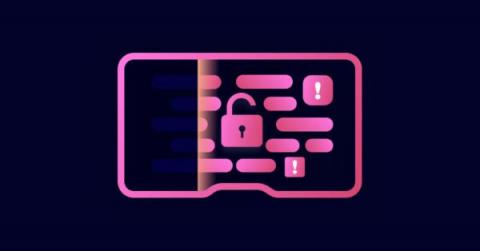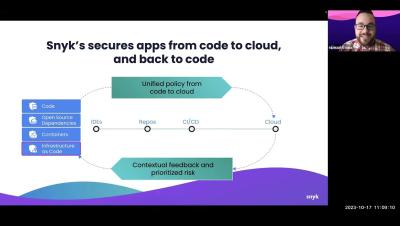Securing symmetric encryption algorithms in Java
In our connected world, securing digital data has become an utmost priority. With the wide spread of Java applications in various sectors, from banking to healthcare, we must emphasize the importance of encryption. Encryption is converting readable data or plaintext into unreadable data or ciphertext, ensuring that even if encrypted data is intercepted, it remains inaccessible to unauthorized individuals.











